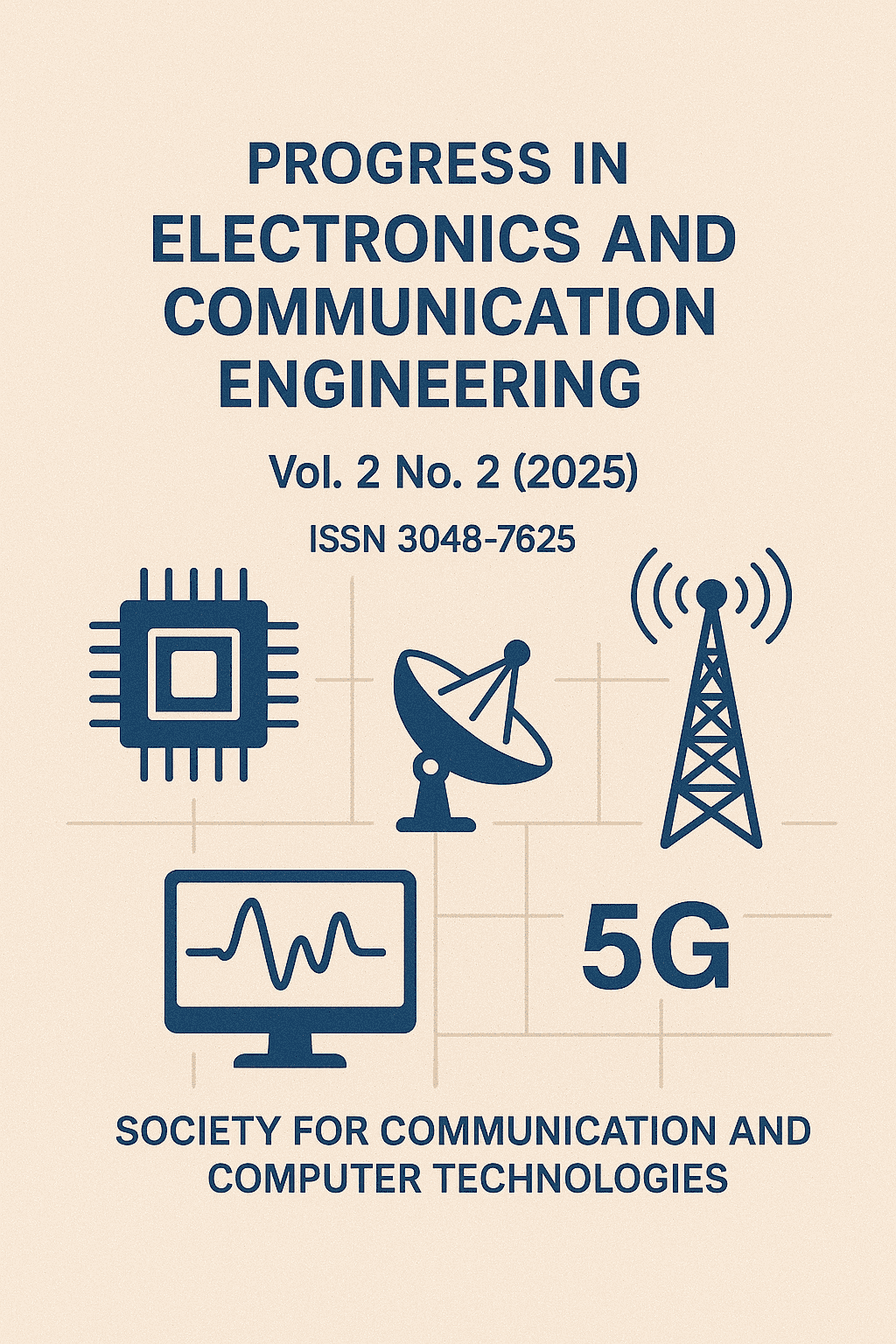Throughput Analysis and Performance Comparison Between Wireless Mesh and Cellular Architectures Under Dynamic Network Conditions
DOI:
https://doi.org/10.31838/f3awyq76Keywords:
Throughput analysis, wireless mesh, cellular networks, 5G NR, performance modeling, dynamic traffic, QoS optimizationAbstract
The present paper explores the comparative throughput feature of wireless mesh network (WMNs) and cellular network with LTE/5G NR in a unified analytical-simulation approach. We consider throughput performance, link occupancy, end-to-end delay in dynamic channel environment, dynamically changing user densities, interference pattern and mobility. The framework combines both a queueing-based throughput model and experiments using NS-3 to simulate topology adjustments, multi-hop contention in WMNs and scheduler policy in cellular systems. WMNs utilize adaptive path choice based on airtime conscious metrics and retransmission regulations to enhance localized peer-to-peer execution whilst cell systems apply proportional-fair and round-robin scheduling based on link changeovers to stabilize the capacity during intense mobility and handovers. Findings demonstrate that WMNs provide a better throughput of local flows in a static or low-mobility neighbourhood since spatial reuse and short paths are achieved but are not resilient to dense contention and route maintenance. Cellular networks have enhanced stability and aggregate throughput on greater mobilities and heterogeneous loads since they have access to centralised resource allocation, spectrum reuse and power control. The results trigger hybrid design that integrates WMN backhaul to access neighbourhood with 5G edge nodes to provide wide-area mobility which leads to better throughput


















